
Every year is a great year for the movies, but when was the best? Was it 1939, the year Hollywood gave us The Wizard of Oz, Gone with the Wind and Mr. Smith Goes to Washington? Or was it the great global year of 1960 with Psycho, La Dolce Vita and Breathless at the top? 1967 broke the mold with Bonnie & Clyde, Cool Hand Luke and In the Heat of the Night, while 1999 explored our collective existential fears through The Matrix, Fight Club and American Beauty.
Well, time to add 2018 to the list.
Yes, 2018 was a banner year for the cinematic arts. From the nearly 700 movies released theatrically in the United States to the endless stream of titles via Netflix, Hulu, Amazon Prime, et al., the ability to find dazzling images and bewitching sounds to shatter the soul and engage the emotions seemed endless.
Why now? Well, most still live within a short drive of the multiplex; practically every town, big or small, has a film festival of some sort; and those living in the Boulder-area had plenty of opportunities to see repertory and foreign films at CU-Boulder’s International Film Series and the Boedecker Theatre at the Dairy Arts Center.
And while the theatrical experience will never be replaced or replicated at home (for most of us), those private spaces are where the cinematic game is changing. Whether viewed on TVs, laptops, tablets or phones, streamed or played via Blu-Ray/DVD, the cinematic archive of then and now has opened in ways previous generations were not privy to.
Take Kino Lorber’s five-disc box set, Pioneers: First Women Filmmakers, released this November. Not only does the set comprise 1,710 minutes of restored films from cinema’s early days, practically every film compiled here slipped through the cracks of classroom curriculum and film history books. Pioneers doesn’t just revisit the past, it discovers one long suppressed.
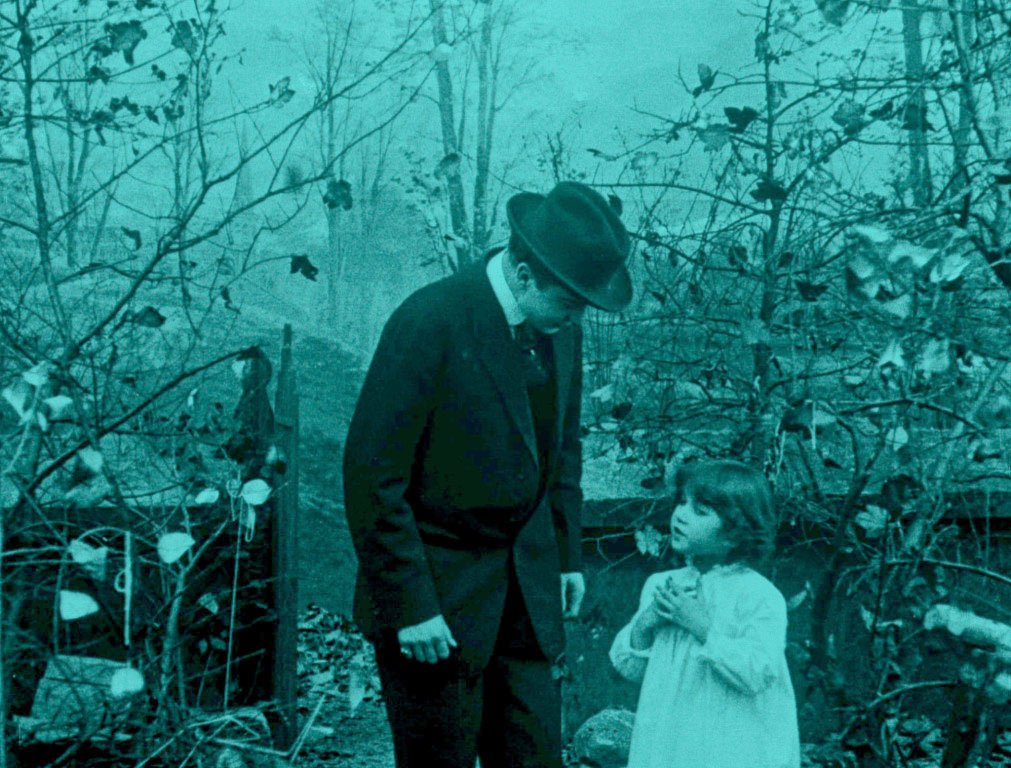
In a similar vein, but on a much larger screen, the Cannes Film Festival debuted the documentary Be Natural: The Untold Story of Alice Guy-Blaché, the world’s first female filmmaker and, arguably, the first filmmaker of narrative films. While her peers, Auguste and Louis Lumière, were using the medium to make short documentary subjects of trains pulling into stations and workers exiting the factory, Guy-Blaché was crafting stories. And though she worked for 25 years, her story and films have been more or less excised from history.
While the Lumière brothers have been synonymous with the birth of cinema, Guy-Blaché has all but been forgotten. Be Natural and Pioneers correct that oversight.
Guy-Blaché wasn’t the only visionary left behind by the cruel carelessness of history; Orson Welles, the one-time wunderkind turned pariah also returned to glory in 2018 with the long-awaited completion of his final narrative film, The Other Side of the Wind.
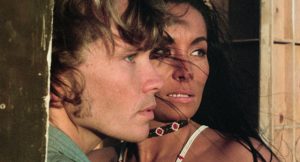
Shot in fits and spurts in the 1970s, but never fully completed and wrapped up in financial and licensing hell ever since, Wind remained dormant until Netflix, the great polarizing platform cineastes love to hate, stepped in with completion funds.
No movie or studio grabbed headlines in 2018 quite like Netflix. Was Netflix the savior of cinema or the slayer of the cinematic experience? Could it be both? Every week, Netflix released TV shows, stand-up specials and movies galore. Some were direct-to-video fare, like The Cloverfield Paradox; some were phenomenal foreign films that wouldn’t have reached even a fraction of the audience with a theatrical release, such as Happy as Lazzaro; while others would have done just as well with a small art-house release, such as The Ballad of Buster Scruggs, Private Life and Shirkers.
But it was at the intersection of Netflix and the film festival circuit where things got interesting. In May, Cannes planted its flag and barred the streaming giant from its coveted festival. So, Netflix took its wares elsewhere, and the Venice Film Festival not only welcomed Netflix with open arms, it bestowed the top honor to Netflix’s biggest acquisition yet — the movie that might change the way Netflix does business with theaters — Roma.
Roma, a bigger-than-life memoir from Alfonso Cuarón, would be a masterpiece in any year, but even among the giants of 2018, Roma stood tall. But, more to the point, Roma was the movie that sparked a heated debate online and in print as to where one should watch a movie. As Cuarón told the Los Angeles Times in September, “The theatrical release is obviously the ultimate way to see your film, but also you want to have a very clear and present life in whichever form it’s going to live for the rest of its days. When is the last time you saw a Bresson film on the big screen? … I’m a big defender of the big screen. The film was made for the big screen. But I’m also a big defender of options.”
And options the audience was granted. After rapturous applause from festival after festival, Netflix altered Roma’s distribution strategy, slowly releasing the movie into key theaters across the country — primarily those equipped with Dolby Atmos — before expanding into more art-house theaters; even striking 70mm prints for seven cities. All while giving its nearly 118 million subscribers access to watch the movie anytime they wanted, as many times as they desired, on whatever device they chose. If democracy in cinema represents a choose-your-own-viewing-adventure, then Roma is the Magna Carta.
Not to be left out, Amazon Studios continued its impressive run with a handful of notable titles, chief among them the bracing and moody You Were Never Really Here from Scottish filmmaker Lynne Ramsay; and the Polish love story Cold War from Paweł Pawlikowski.
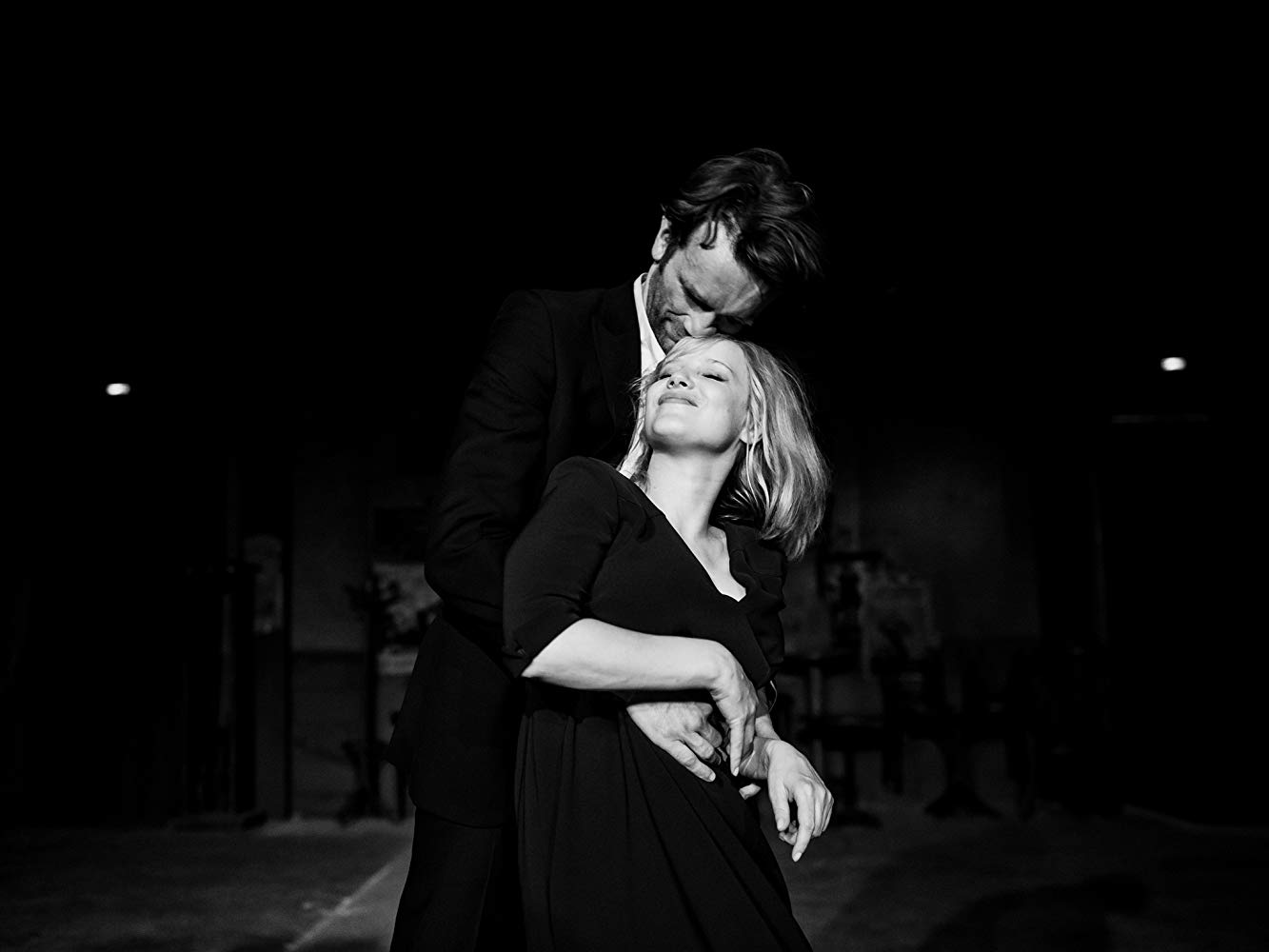
Though all Amazon Studio acquisitions will eventually be available to Prime members, Amazon still favors the theatrical release model. Some, Beautiful Boy — a good-enough drama about drug addiction — played for several weeks while many other movies came and went. Of those, the small South Dakota rodeo drama, The Rider, from Chinese born Chloé Zhao, was not only one of the year’s best, it also contained one of the year’s best performances thanks to amateur actor Brady Jandreau.
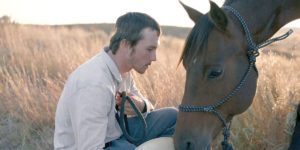
Like most movies too small to warrant a proper marketing campaign, The Rider was booted out of theaters before it could develop an audience. Same for the stunning documentary Bisbee ’17, about the Arizona immigration miner deportation of 1917 — a movie impossible to forget but, if a $117,000 box office is any indication, a movie too few saw.
And then there was First Reformed, another 2018 masterpiece 40 years in the making.
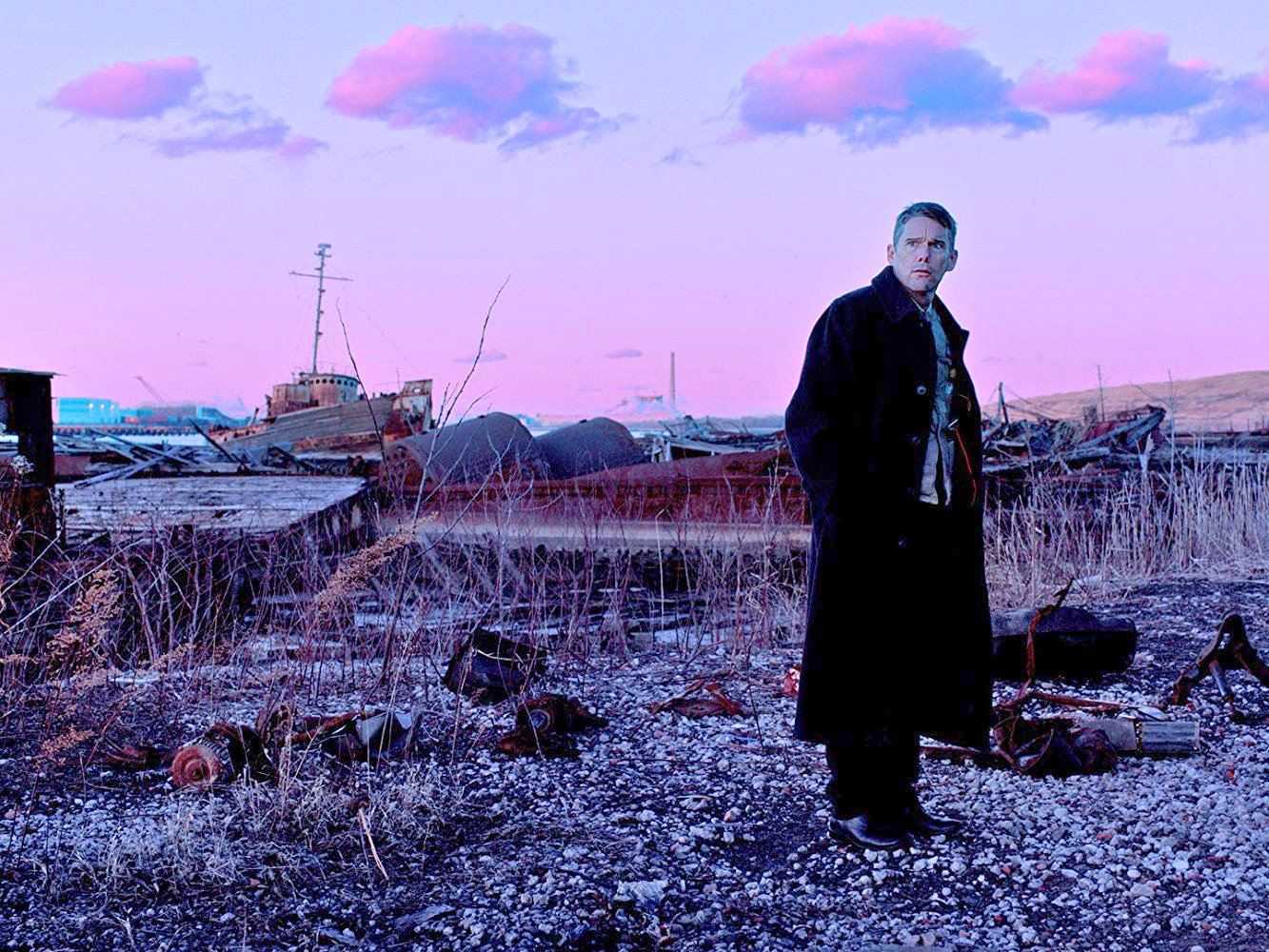
Before Paul Schrader was a filmmaker he was a critic. His 1972 book Transcendental Style in Film may be one of the best written about cinema, but anyone who’s seen Blue Collar, American Gigolo or Auto Focus probably wouldn’t expect the director to utilize the transcendental toolkit so well. But at the age of 70, Schrader decided the time was nigh, and made possibly the best movie of his career. And, considering it also contains a first-rate Ethan Hawke performance, First Reformed would be timeless if it weren’t so rooted in the now.
But the now is nothing more than a culmination of what was and a premonition of what will be. Years from now, we’ll look back at 2018 with astonishment and confusion: This was the year where we reassessed the past while the present fractured beneath our very feet. Talk about a time to be alive.














